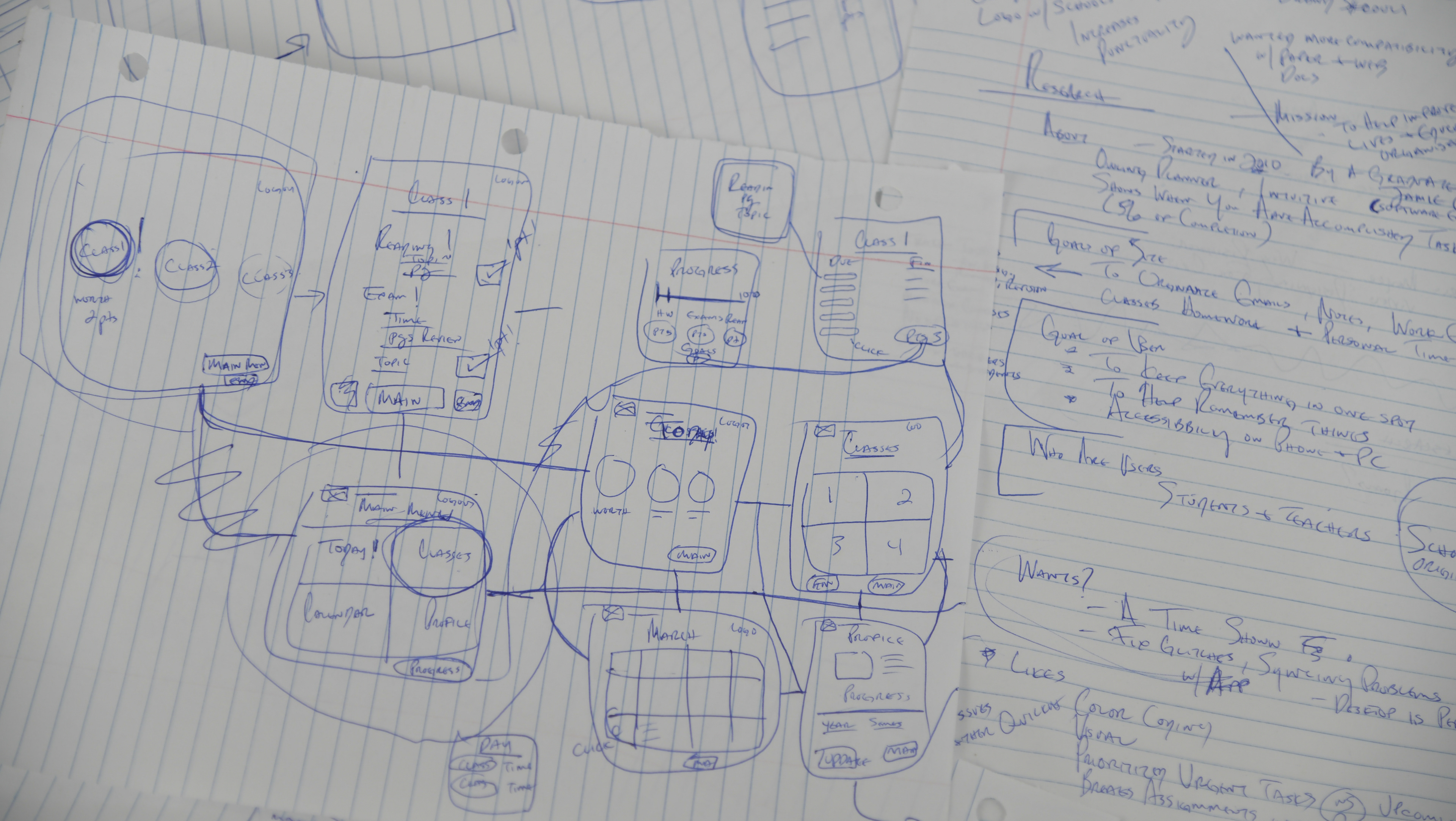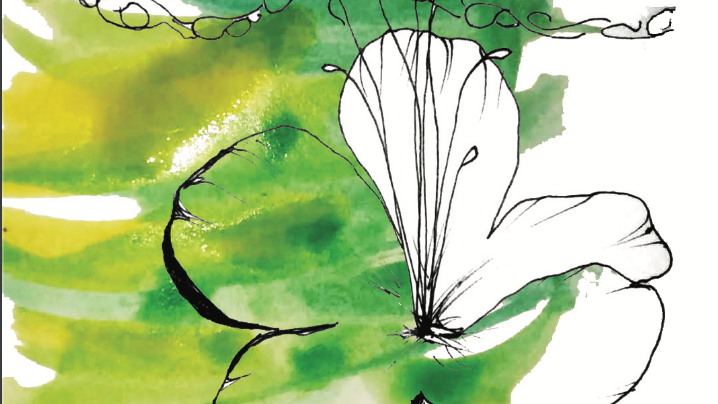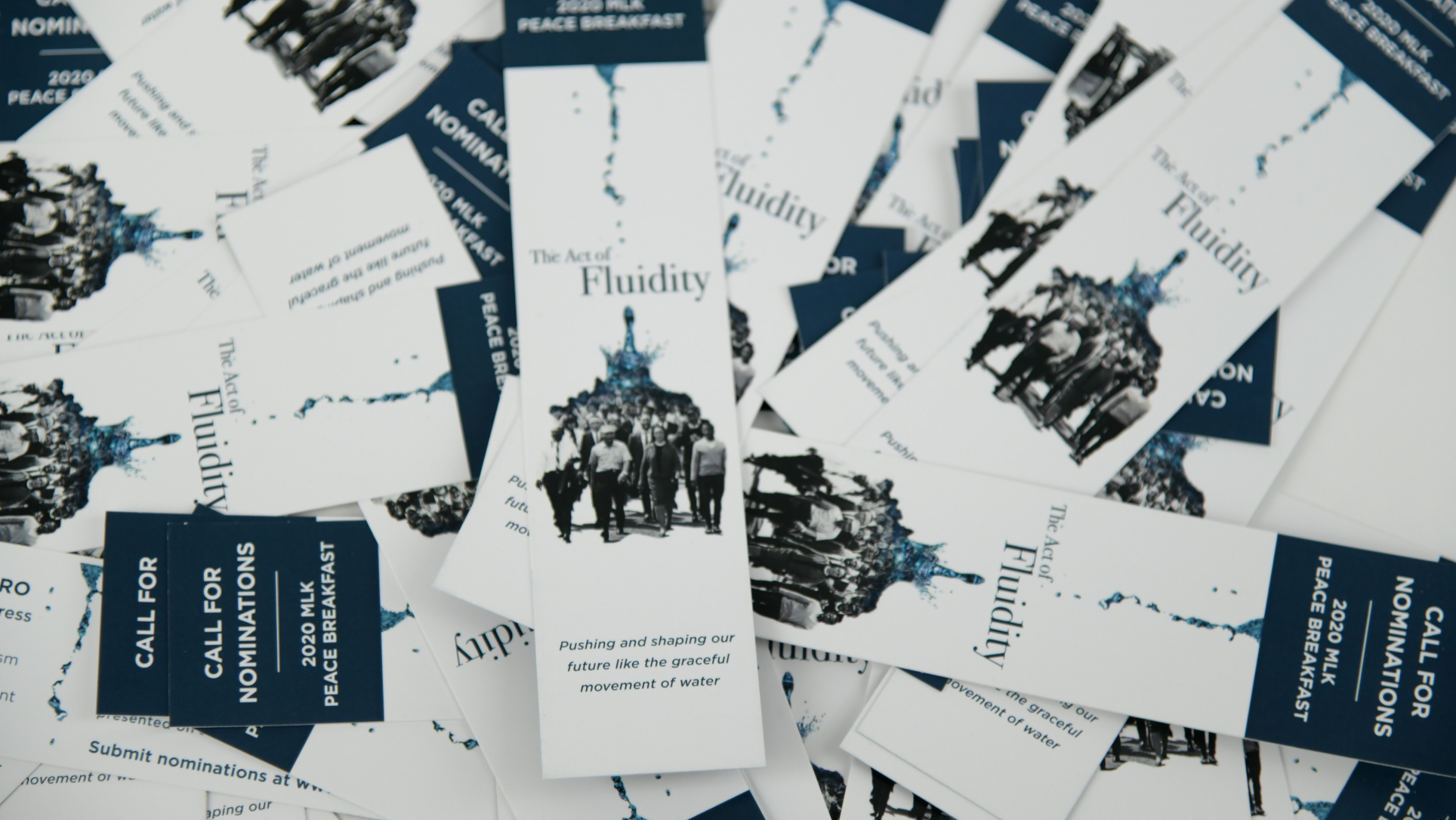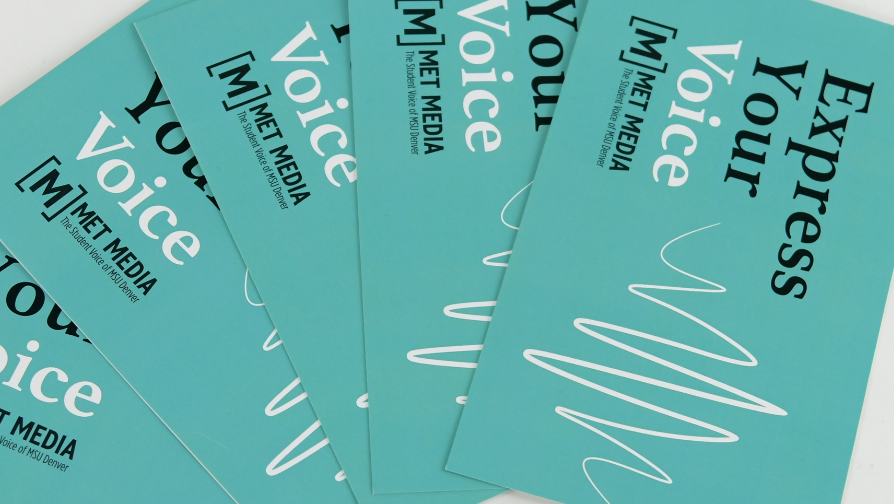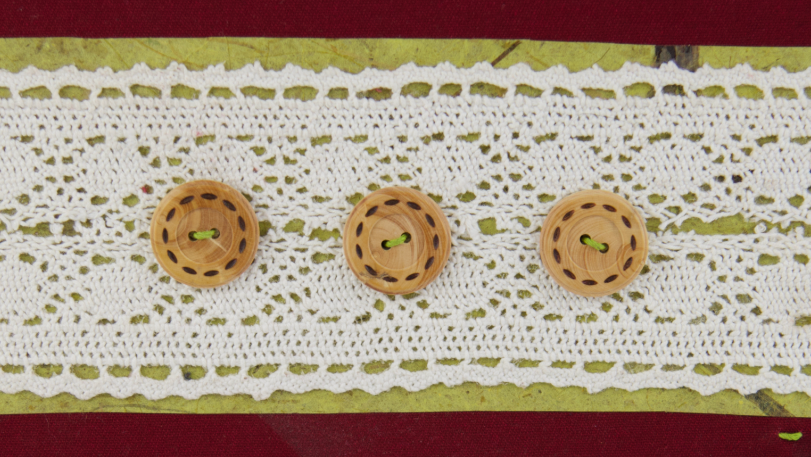Becoming a participant in my own case study proved to be challenging and of course personal. This was an assignment to gather data and then visually interpret the data to a given audience – that audience being my classmates. The challenge was two-fold in that I was tracking personal data which could leave room for bias so, to counteract the potential for a false narrative I constantly checked in with myself. This “checking in” also became part of the data in order to be transparent with my audience and gain their trust. The second challenge was visually interpreting the data that would effectively engage the viewer and hold their attention to dissect the information. I decided to create symbols and keys with bright colors and hues.
Symbols to me is like the title of a book or the Illustration it draws people in, and they choose to pick it up and read it. Color keeps the rhythm, so choosing variations of color was like adding a new layer to the story that keeps the focus. The data I gathered started from a simple question, “why do we always look down?” I thought this would be a quick study, but more questions arouse and a better understanding of not only my behavior, but human behavior became clear. Why do we look down? Is it phones, emotions, boredom? I think the ways in which we operate in the world is sometimes unconscious but nevertheless affects us deeper than we know. Looking down not only strains the neck but the posture perpetuates feelings that can contribute to low self-esteem and a negative outlook. We don’t look up enough. The heavy scales of pessimism can on some level be outweighed by the lightness of optimism. Look up!

